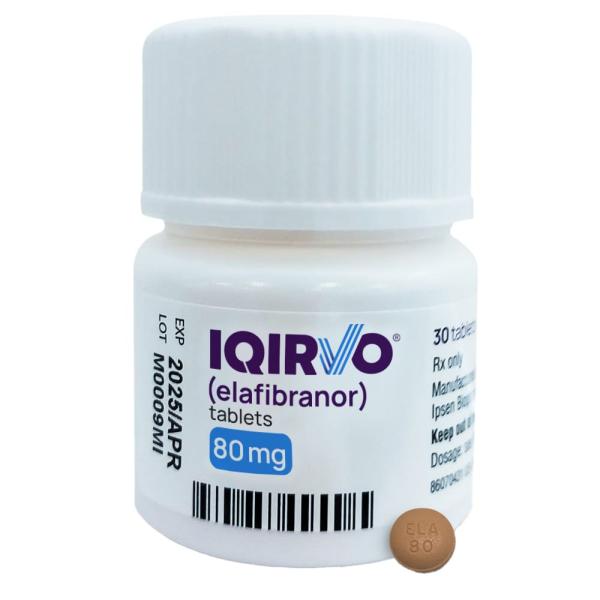Elafibranor Disease Interactions
There are 2 disease interactions with elafibranor.
Elafibranor (applies to elafibranor) liver dysfunction
Moderate Potential Hazard, Moderate plausibility. Applicable conditions: Cirrhosis
The safety and efficacy of elafibranor have not been established in patients with decompensated cirrhosis. Use of elafibranor is not recommended in patients who have or develop decompensated cirrhosis (e.g., ascites, variceal bleeding, hepatic encephalopathy). Monitor patients with cirrhosis for evidence of decompensation. Consider discontinuing elafibranor if the patient progresses to moderate or severe liver dysfunction (Child-Pugh B or C). No dose adjustment is recommended in patients with mild to moderate liver dysfunction (Child-Pugh A). Avoid use in patients with complete biliary obstruction.
Elafibranor (applies to elafibranor) muscle injury
Moderate Potential Hazard, Moderate plausibility. Applicable conditions: Myopathy, History - Musculoskeletal Disorder
Myopathy or myalgia (with or without CPK elevations) and rhabdomyolysis have been reported in patients treated with elafibranor. Assess patients for myalgia and myopathy prior to starting elafibranor. Consider periodic assessment (clinical exam, CPK measurement) during treatment with elafibranor, especially in patients with signs and symptoms of new onset or worsening of muscle pain or myopathy. Interrupt therapy with elafibranor if signs/symptoms of muscle injury occur.
Switch to professional interaction data
Elafibranor drug interactions
There are 253 drug interactions with elafibranor.
More about elafibranor
- elafibranor consumer information
- Check interactions
- Compare alternatives
- Side effects
- Dosage information
- During pregnancy
- Drug class: miscellaneous metabolic agents
- En español
Related treatment guides
Drug Interaction Classification
| Highly clinically significant. Avoid combinations; the risk of the interaction outweighs the benefit. | |
| Moderately clinically significant. Usually avoid combinations; use it only under special circumstances. | |
| Minimally clinically significant. Minimize risk; assess risk and consider an alternative drug, take steps to circumvent the interaction risk and/or institute a monitoring plan. | |
| No interaction information available. |
See also:
Further information
Always consult your healthcare provider to ensure the information displayed on this page applies to your personal circumstances.


